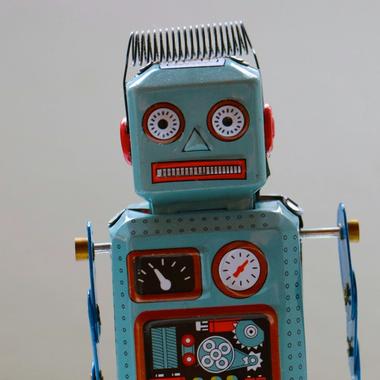AI might sound like something out of a sci-fi film, but it’s fast becoming the brains behind some of the best digital experiences out there. From tailored recommendations to real-time language translation, businesses across every sector are discovering what AI can unlock when it’s done right.
But if you're a product owner exploring how AI might fit into your app, you've likely come across a confusing crossroads:Do you build something entirely bespoke with your own data, or do you plug into a powerful off-the-shelf model from a provider like OpenAI or Google?
Both routes can deliver value, but the choice you make has serious implications for cost, performance, and time-to-market. And spoiler alert: it’s not always about choosing the most advanced option, it’s about choosing the right one for your business.
Let’s walk through what that really means.





